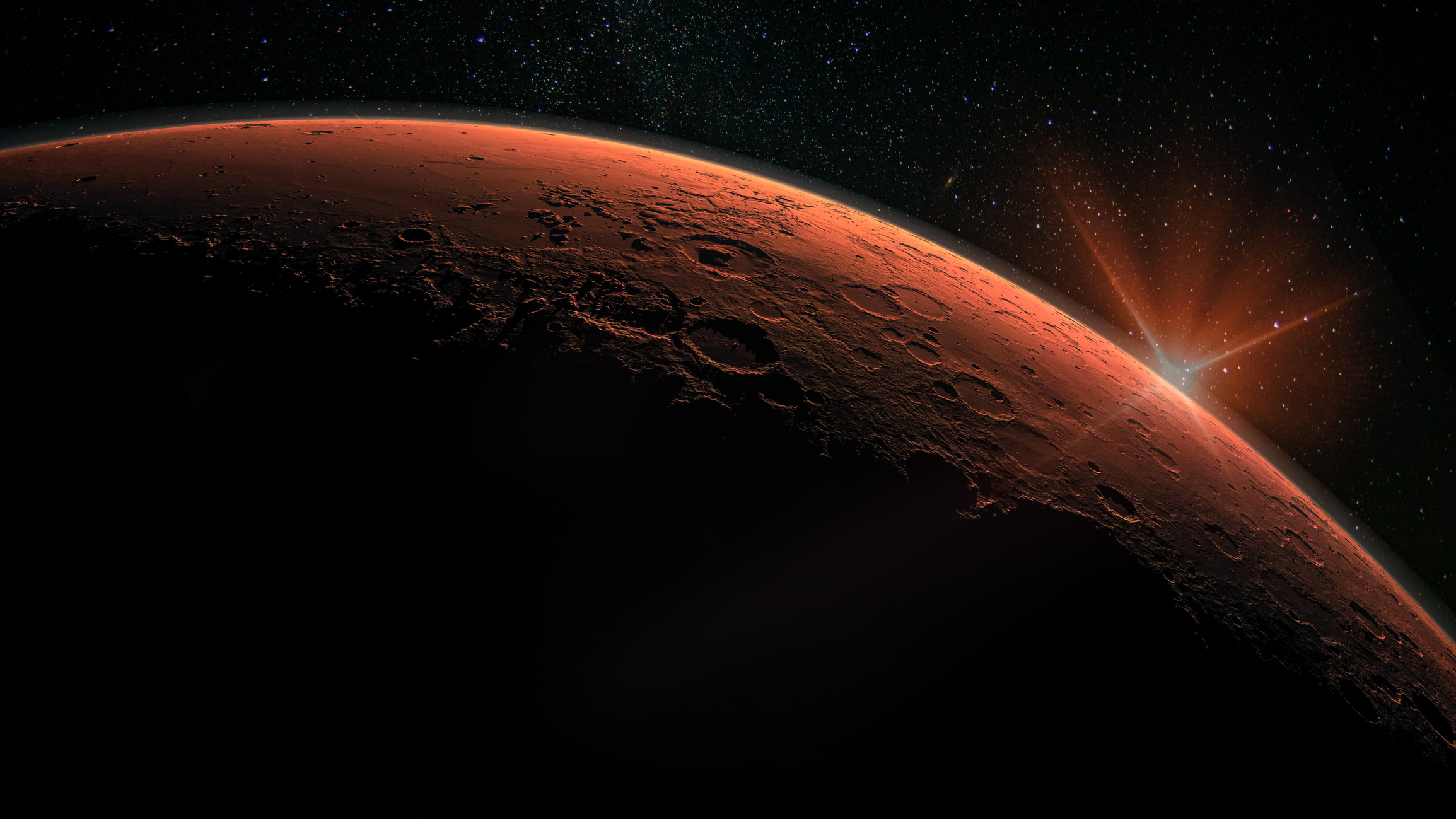During the past weeks, space nerds everywhere have been marveling at the videos, photos, and sounds Perseverance has been broadcasting from Mars. The clarity is so impressive that they almost seem staged. But they are very real and incredible advancements for NASA and the scientific community, and this is only the beginning. In the coming weeks, Perseverance will be exploring the Mars surface, roving about while collecting and storing samples in special canisters that will be recovered and returned to Earth in a future mission. Perhaps even more exciting will be the launch of Ingenuity, the universe’s first interstellar helicopter. It will give us aerial views of the Red Planet in real-time, unlike anything we’ve ever seen. All this success, however, may eventually be overshadowed and forgotten if NASA does not get the funding it needs for a variety of programs, including its planned missions to Mars and putting another American on the Moon.
The Perseverance project cost almost $3 billion to build, launch, land, and operate. Space does not come cheaply.
In late 2020, Congress approved $23.3 billion for NASA’s 2021 budget. NASA requested about $2 billion more. At first blush, one might think that what NASA received was sufficient to meet its objectives. But closer analysis raises questions. In particular, the Artemis program – the mission to the Moon – received $850 million for is human landing system (HLS). NASA needs $3.3 billion for that program. If the US is going to put an American on the Moon by 2024 as targeted, that funding is critical. Otherwise, Artemis will be delayed. There is also some question whether the Biden administration is as committed to Artemis as the prior administration, perhaps pushing the landing to 2028 or beyond.
While NASA, Congress, and the White House debate funding, China is spending billions and, some believe, outperforming the US in the new space race. According to Business Insider, while the U.S. still spends the most in real dollars, China has increased space spending 349% over 15 years, far more than growth rates in the US and anywhere else in the world. China has made its intentions clear – to become the United States’ peer in space militarily, diplomatically, commercially, and economically. China’s goal is to be a major global space power by 2030 and a global leader in space equipment and technology by 2045.
When current funding for the International Space Station runs out in 2024, China may have already launched its own permanent space station. In the past decade, it is the only country to successfully land rovers on the Moon. Three times with one touching down on the far side where no country has previously landed. In December 2020, China also returned samples collected on the Moon to Earth. And while we continue to be fascinated by Perseverance, China’s own rover is orbiting Mars and preparing to land in May. I am anxious to see if China plants it flag on the surface of Mars as it did in its most recent trip to the Moon.
Hopefully, Perseverance and Ingenuity will invigorate the US spirit to lead and win in space. Letting China win would be a strategic blunder. Stay tuned.
